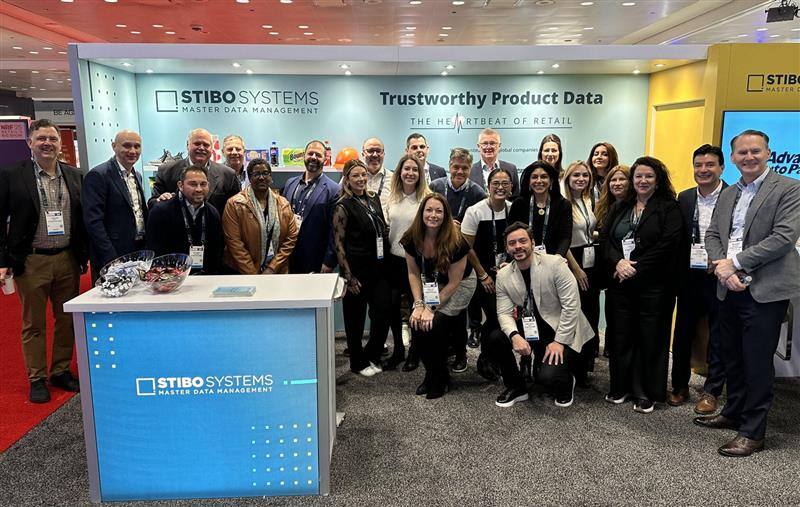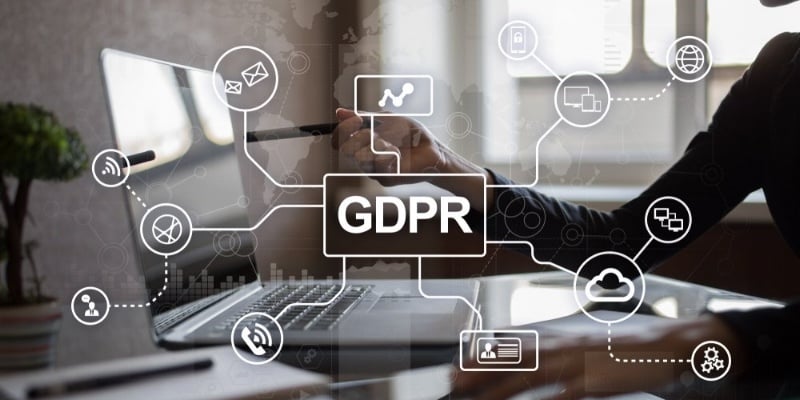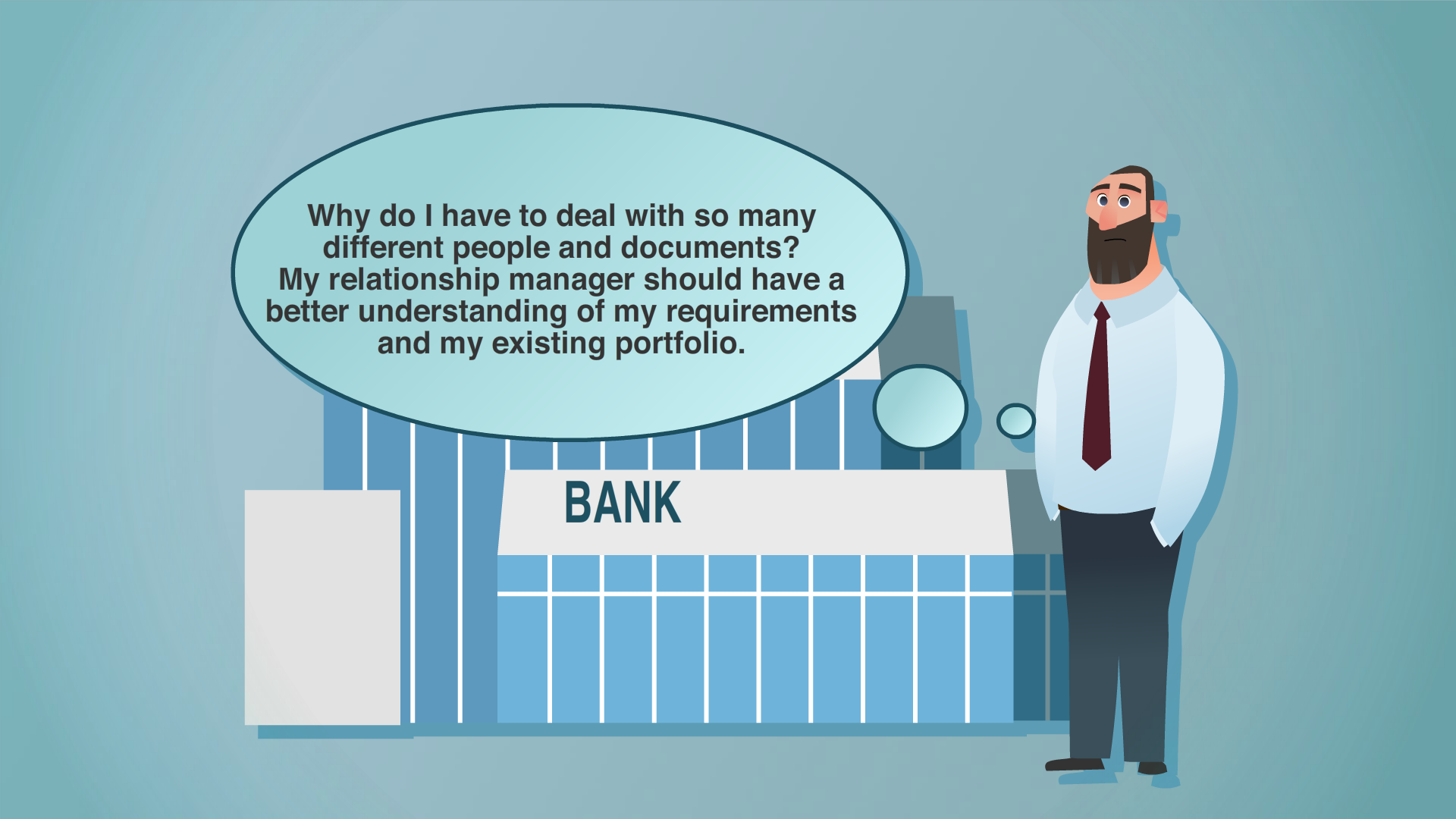The battleground has shifted.
If you are running an online business today, your search functionality — not only your marketing budget or brand recognition — determines who wins and loses customers. You already know this if you have watched potential buyers bounce after failing to find what they need.
When shoppers can't find what they're looking for on your site, you're not just losing a sale. You are losing trust.
Companies like Walmart are using AI to improve their search experience, moving toward something that feels more like a conversation than a traditional product hunt.
Research backs this up:
79 percent of customers say they would find it helpful for AI to understand their specific needs and recommend products.Source: Wired
But most companies are still working with outdated search systems:
- Keyword matching
- Static filters
- Product catalogs that speak in SKUs and technical specs rather than customer language.
The organizations that crack this — those who understand that search isn't just about finding products, but understanding intent — won't just see better conversion rates. They will build competitive advantages that get stronger with every customer interaction.
In this blog post, we will go through exactly how you do that.
Why static attributes are a losing game
Your product catalog was built for a different era.
Traditional product attribution — size, color, material, weight — was designed for filtering and sorting. It worked when customers knew exactly what they wanted and just needed to narrow down options.
But that approach assumes people think like your internal product teams, organizing the world into neat categories and specifications.
Modern search means understanding what customers actually want, even when they cannot articulate it clearly.
- When someone searches for "cozy weekend outfit," they are not looking for a specific fabric blend or size chart. They want to feel comfortable and relaxed.
- When they search for "dinner party essentials," they need solutions for entertaining, not individual SKUs.
This is where AI transforms your approach to product data – from simply cataloging what products are to understanding what they mean to customers..
Instead of just cataloging what a product is, you start understanding what it does for people. How it makes them feel. What problems it solves.
The shift means rethinking attribution from the ground up.
You need to capture context, use cases and customer intent alongside traditional specifications. Your winter coat is not just waterproof polyester — it is confidence during a morning commute in unpredictable weather.
To build this kind of attribution you need to understand your customers' language, not your internal taxonomy.

How to use attribution as a weapon to win customers
Your competitors are likely struggling with the same outdated product data structures you are. Most organizations treat attribution as a back-office function — something to manage rather than leverage. That gives you an opportunity to make it a competitive advantage.
The companies pulling ahead in this area share several approaches:
Scalable data governance processes
They have built systems for creating, updating and validating attributes that do not break down as product catalogs grow.
You need workflows that can handle thousands of new products without manual intervention for every attribute assignment.
AI-powered automation
They use AI to automatically populate attribute values and identify gaps in their attribution strategy. Instead of manually tagging every product with dozens of attributes, smart systems learn patterns and apply them consistently across your catalog.
Competitive benchmarking
They regularly assess their attribution strategy against market leaders in their space.
You should know not just what attributes you are capturing, but how your attribution depth and accuracy compare to competitors who are winning the customer search game.
The goal here is not perfection — it is competitive advantage.
If your attribution strategy helps customers find what they need faster than your competitors’ strategies, you win. If your search understands intent better than theirs, you convert more browsers into buyers.
That means it is also time to start measuring attribution success differently.
Instead of tracking data completeness percentages, you need to monitor:
- Search success rates
- Conversion improvements
- Customer satisfaction with discovery experiences

The attribution layer you need to add for all this to work
Think of attribution as the foundation that makes everything else possible. Without product information that captures how customers actually think about your products (and not just technical specs), personalization becomes guesswork.
Your recommendation engines need to understand not just what customers bought, but why they bought it.
That context lives in your attribution strategy.
Adaptation based on behavior
Your search system should learn from every customer interaction.
When someone searches for "work shoes" and clicks on comfortable options rather than formal ones, you want your attribution data to capture this preference. The next time they search, your system can weigh comfort attributes more heavily than style attributes for their results.
To achieve this, it helps if your attribution captures the nuances that matter to different customer segments and if you have unified customer data that connects behavior across sessions and touchpoints.
INTERACTIVE EXPERIENCE
Better product experiences. And better conversions.

Creating digital experiences that feel personal
Physical stores have natural advantages in personalization. A good salesperson:
- Reads body language
- Asks clarifying questions
- Adapts their recommendations in real time
Your digital experience needs attribution rich enough to approximate this level of understanding.
When someone searches for "weekend bag," your system should know:
- Whether they typically buy premium brands or value options
- Whether they prioritize durability or style
- Whether they travel for business or leisure
For that intelligence, you need to layer behavioral data on top of comprehensive attribution. Without that foundation, you are just guessing what matters to each customer.
Bridging the channel gap
If one of your customers browses on mobile, researches on desktop, and buys in-store, they need a consistent experience.
Your attribution strategy should support this journey, making sure that search results, recommendations and product information is coherent across all these touchpoints.
This is a hard nut to crack for most organizations.
They optimize search for their website but ignore how attribution affects mobile apps, in-store kiosks or social commerce. They end up with fragmented experiences where customers get different results depending on where they search.
Proper attribution is the foundation for true omnichannel personalization.
Explore how Alicorp boosted customer satisfaction by 80% through streamlined product data and syndication.

How to build superior customer experiences through intelligent search
To go from "AI for AI's sake" to meaningful customer value, you need to understand what makes search truly intelligent.
You have seen the company announcements and headlines about AI transforming online commerce. But much of this feels like technology in search of a problem rather than solutions addressing real customer pain points.
The discovery problem nobody talks about
The gap between browsing and buying online highlights a core challenge: In physical stores, customers can wander around, browse and stumble upon things they did not know they needed.
A good store layout guides them naturally from need to solution. Online, most customers either find exactly what they searched for, or they leave.
There is little room for serendipity, for discovering adjacent solutions, for being guided toward better options.
Search excellence as a competitive moat
The organizations that bridge the discovery gap understand search as more than a technical function. They treat it as a core customer experience capability that gets better with every interaction.
When your search truly understands intent, something interesting happens:
- Customers start trusting your platform to give them relevant options.
- They spend more time exploring.
- They discover products they would not have found otherwise.
- They come back because they know your search works for them.
The loyalty factor most overlook
Customers remember when search works well, and they definitely remember when it does not.
Think about your own behavior with platforms like Amazon or Google — you trust them partly because their search consistently give you relevant results.
When your search understands that "conference outfit" means something different to a startup founder than it does to a corporate executive, you are not just improving conversion rates. You are building the kind of experience that keeps customers coming back instead of checking competitors for every purchase.
How Stibo Systems PXDC makes all this possible
The gap between recognizing the importance of intelligent search and actually implementing it comes down to your data foundation.
In this section we’ll talk about managing product data, but at Stibo Systems, we address both product and customer data challenges:
- PXDC (Product Experience Data Cloud, see below) creates rich, intent-aware product catalogs
- CXDC (Customer Experience Data Cloud) unifies fragmented customer data from CRM, marketing and transaction systems into complete customer profiles
(We will explore how customer data amplifies attribution power when connected to customer segments and individual preferences in a future post.)
You can build the most sophisticated AI algorithms in the world, but if your product data doesn’t have the richness and context needed to understand customer intent, you will still deliver generic results.
Most organizations struggle here because their product information was built for internal operations, not customer discovery.
SOLUTION SHEET
Product Experience Data Cloud Solution Sheet

Building catalogs that think like customers, not like databases
With Product Experience Data Cloud (PXDC), we at Stibo Systems take a fundamentally different approach to product data management.
Instead of treating attribution as a compliance exercise, PXDC treats it as the foundation for customer experience.
The solution connects data from multiple sources, like:
- Your ERP
- Supplier feeds
- Digital asset libraries
- Customer behavior data
This way, it creates a unified view of each product that captures not just what it is, but what it does for customers.
When someone searches your site, PXDC enables your search system to understand the context behind their query.
The platform uses AI to automatically enrich product data with the attributes that matter for discovery, mapping technical specifications to customer benefits and use cases.
Your attribution strategy becomes strategic when you can scale it without losing quality. PXDC provides several capabilities that make this possible:
Intent-based data enrichment
The solution goes far beyond traditional product specifications to capture the context that customers actually care about. When you sell winter coats, PXDC helps you capture not just "waterproof polyester" but "confidence during unpredictable weather commutes."
Cross-channel consistency
Your customers move between mobile, desktop, in-store and social platforms.
PXDC manages the underlying product data that enables you to build relevant search experiences across all these touchpoints.. That every customer gets consistent experiences regardless of where they engage with your brand.
Conclusion
The ever-hotter search battle is not about having the most advanced AI. It is about having the richest, most contextual product data to fuel that intelligence.
If you make the same mistake most organizations make – and treat product attribution as a back-office function – you will lose more and more customers to competitors who understand that:
Search excellence = data excellence.
Your product catalog needs to reflect not just what you sell, but also why customers buy it.
It’s about moving from keyword matching to intent understanding.
From generic results to personalized discovery.
And don’t forget that great search experiences create customer loyalty. Good luck to your competitors, trying to replicate that.
Building a Hyper-Personalized Customer Experience with Multidomain MDM





































































































































































































